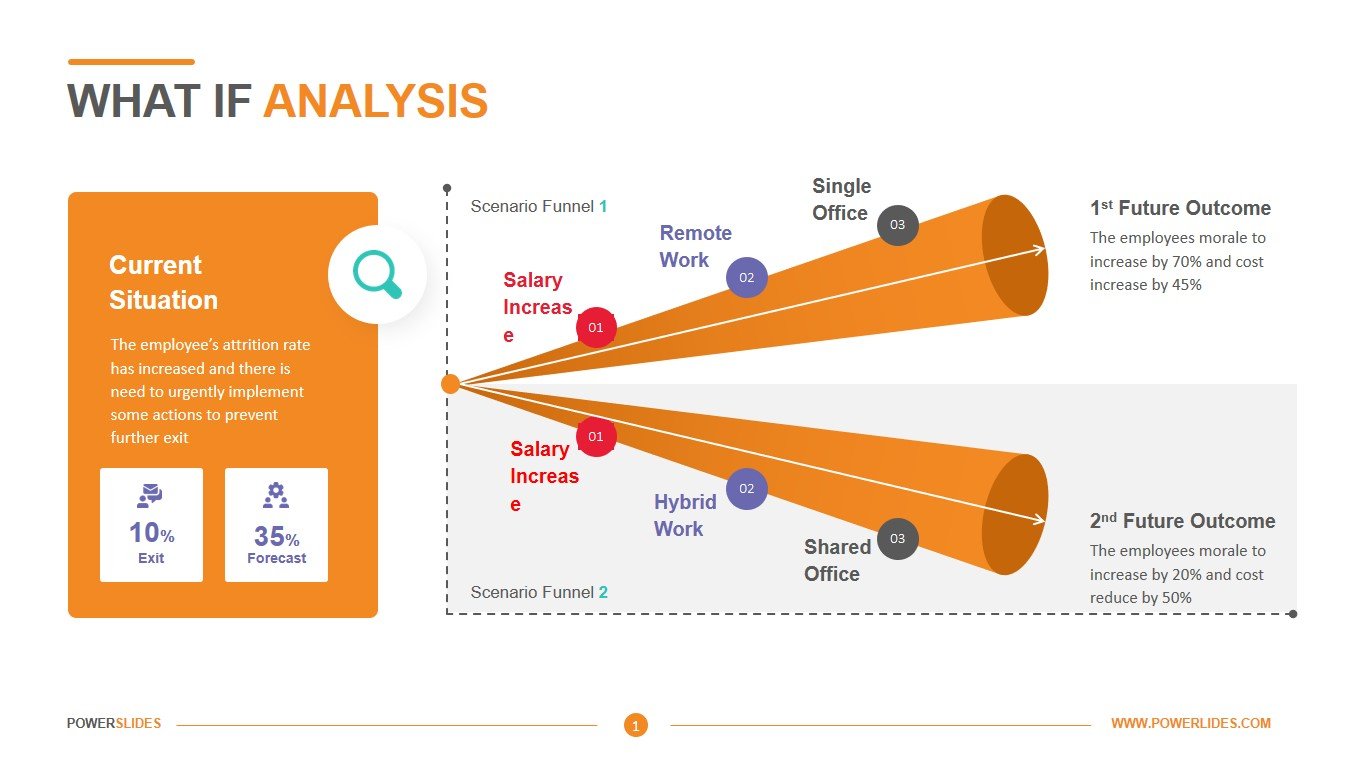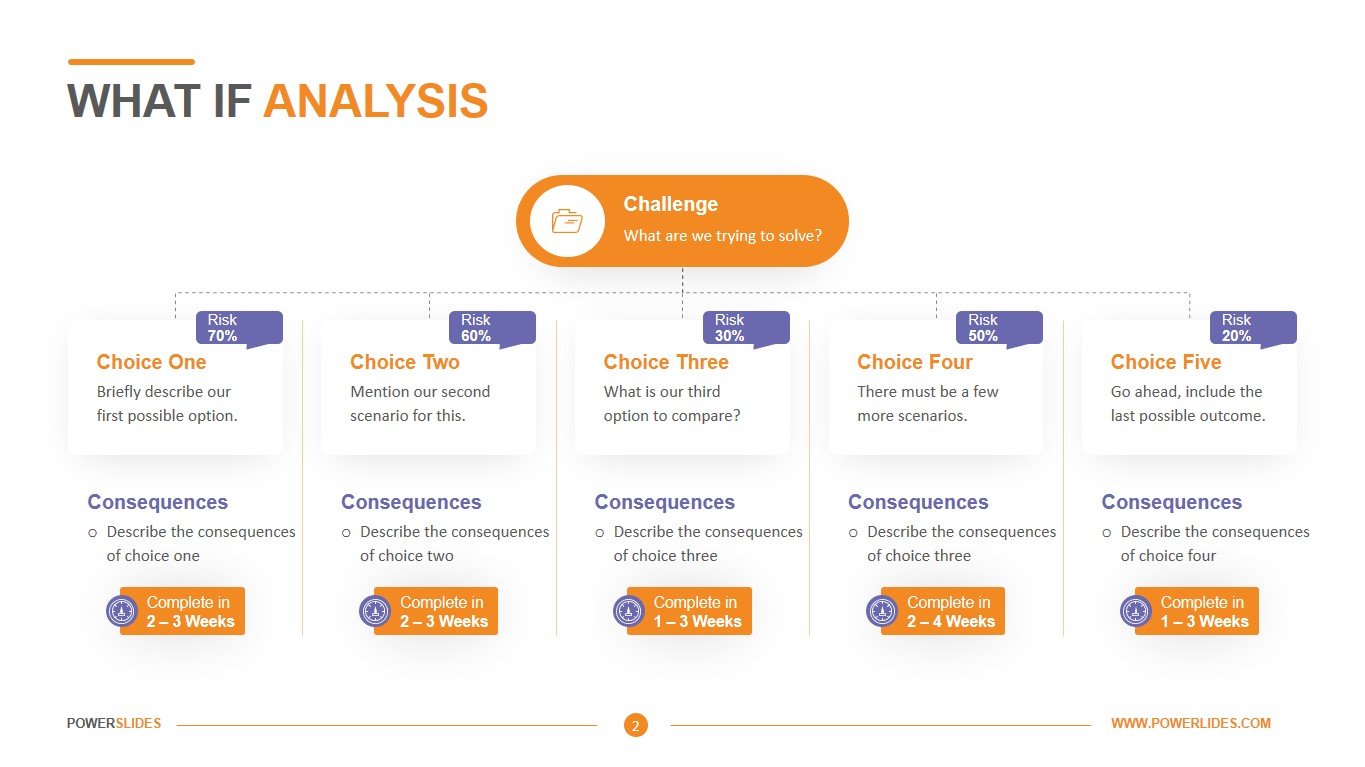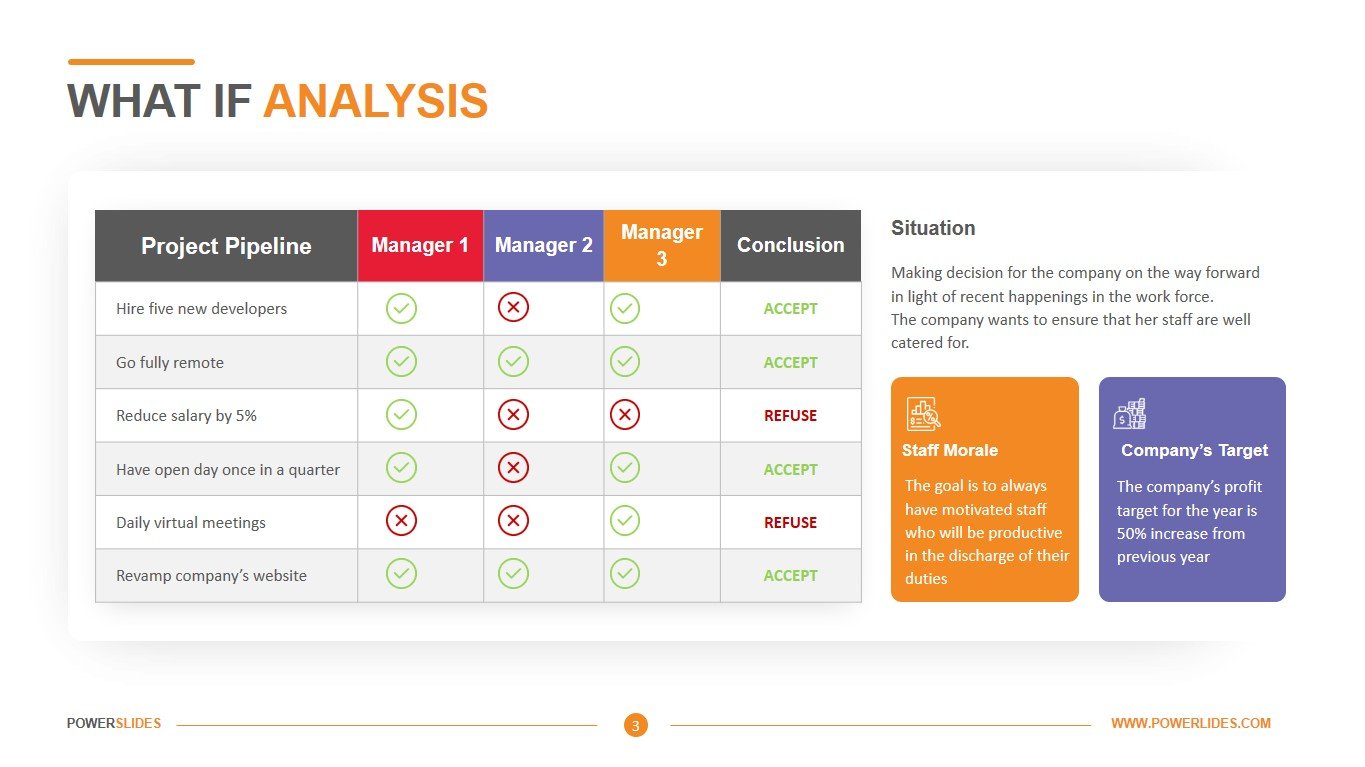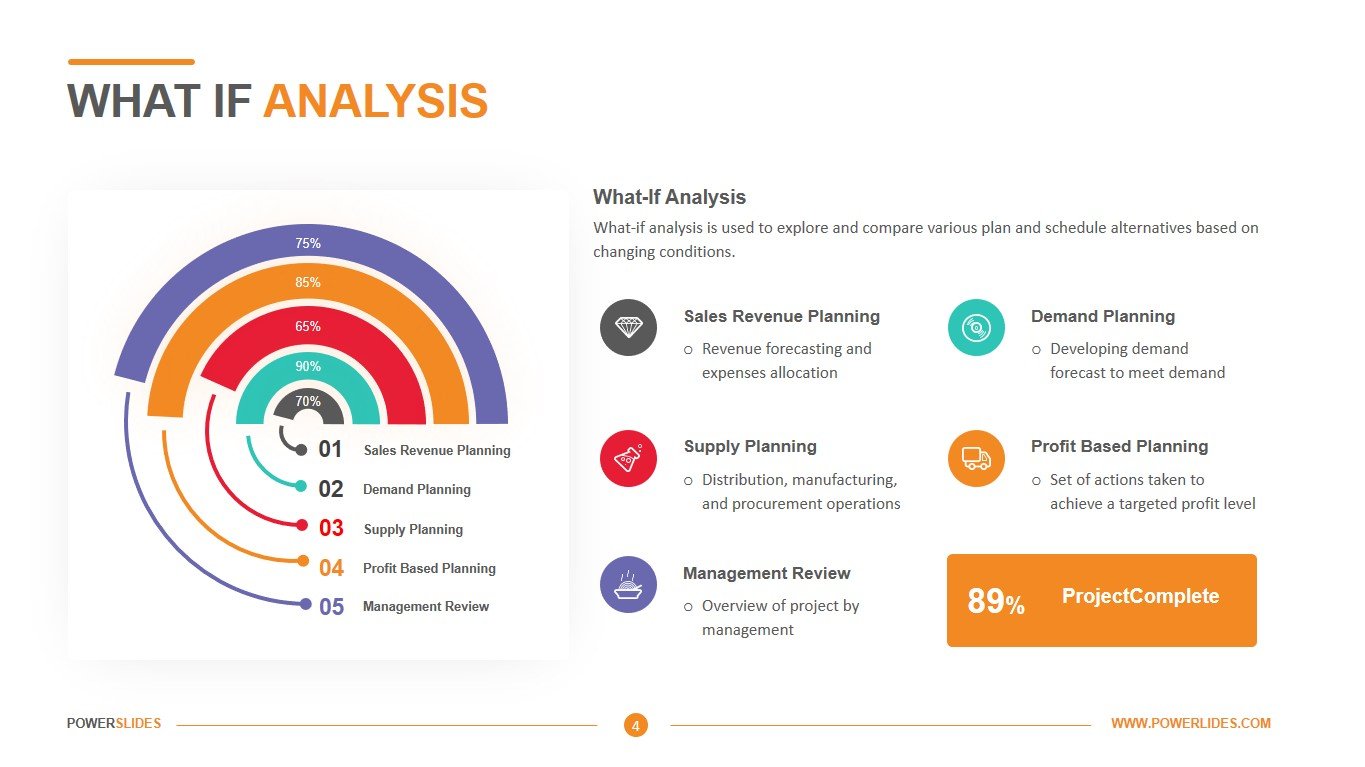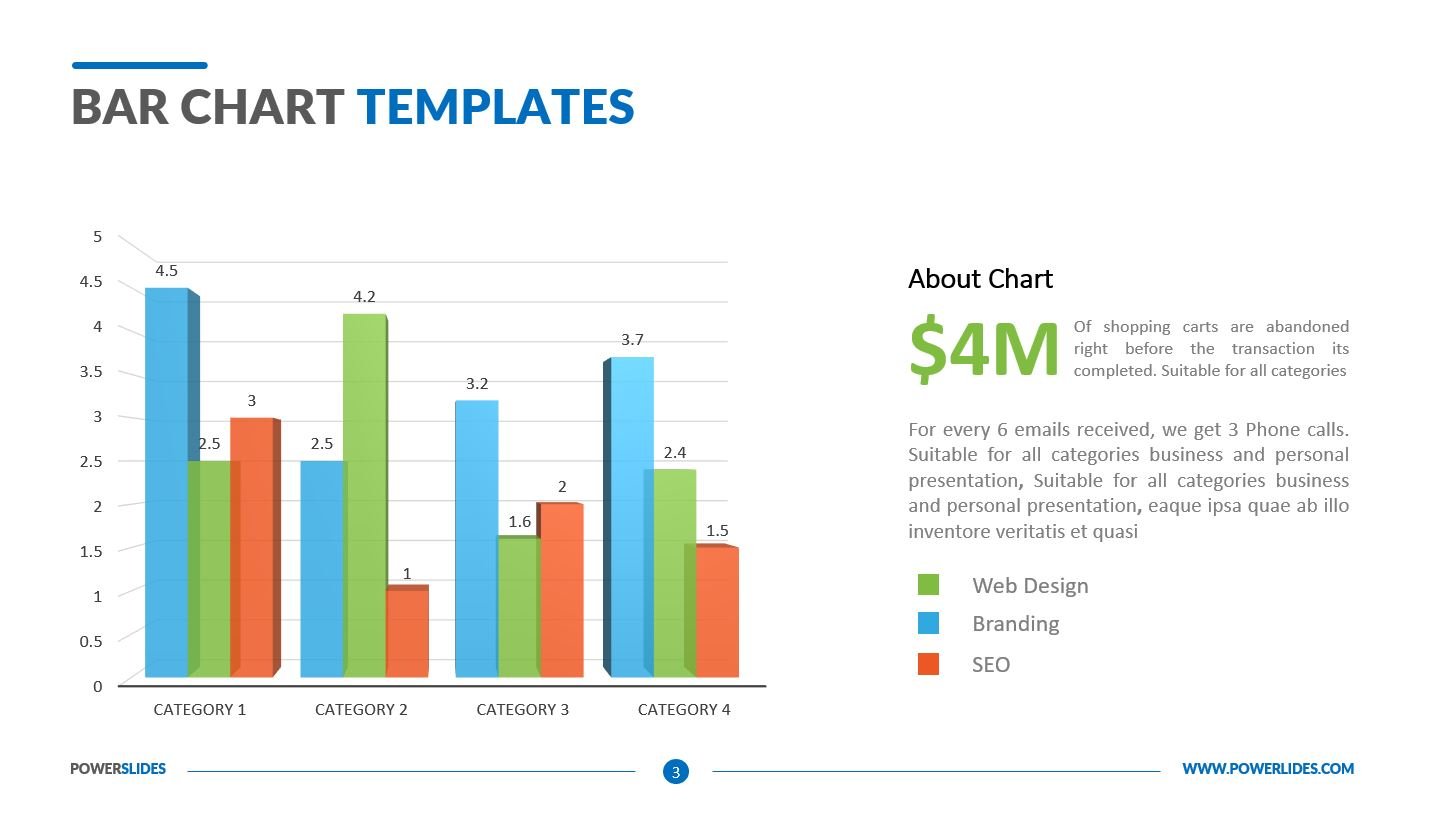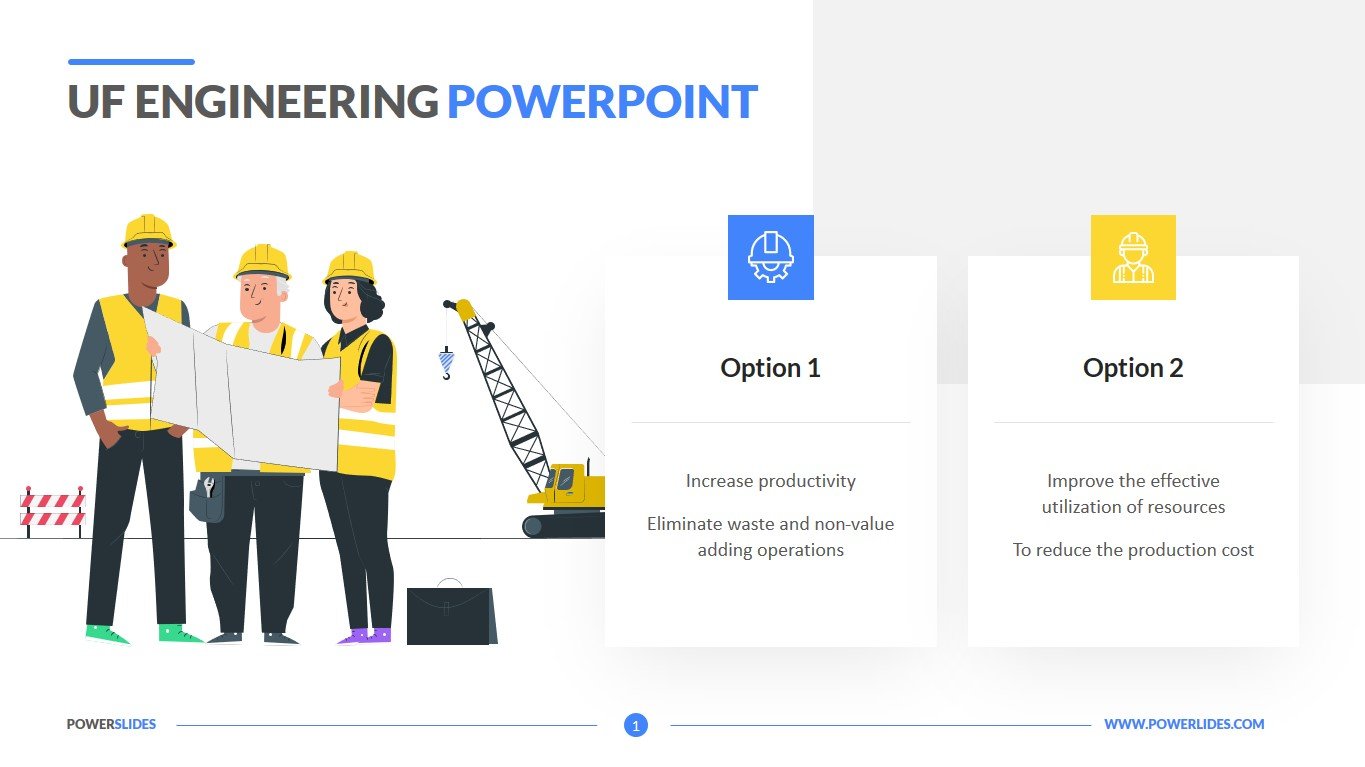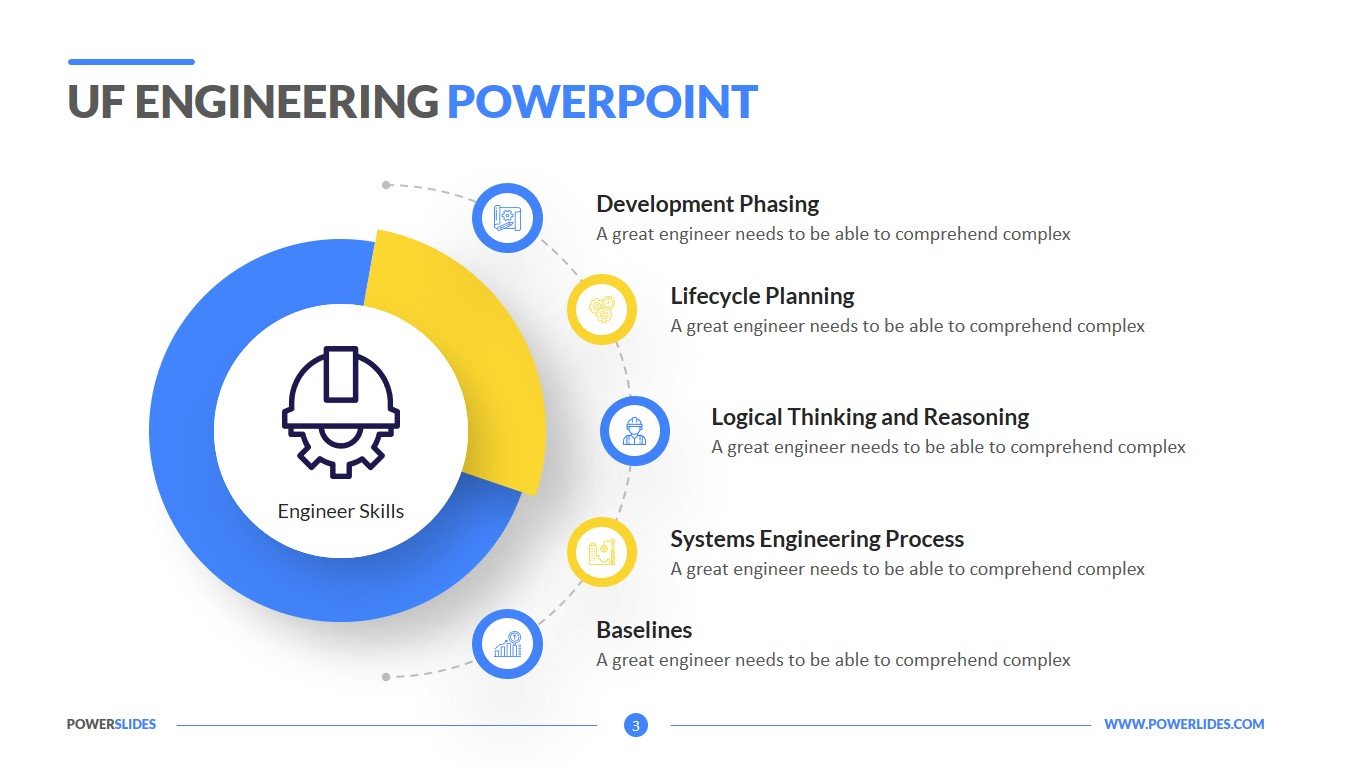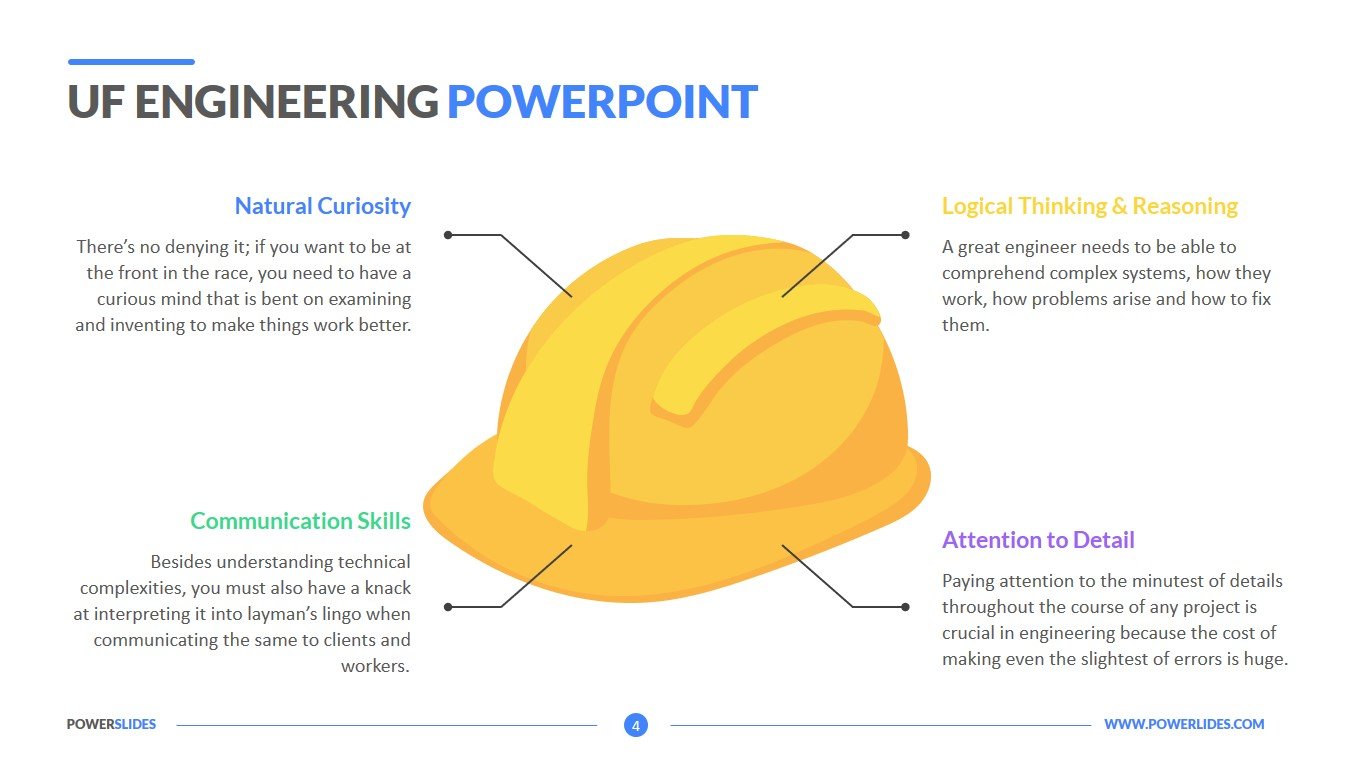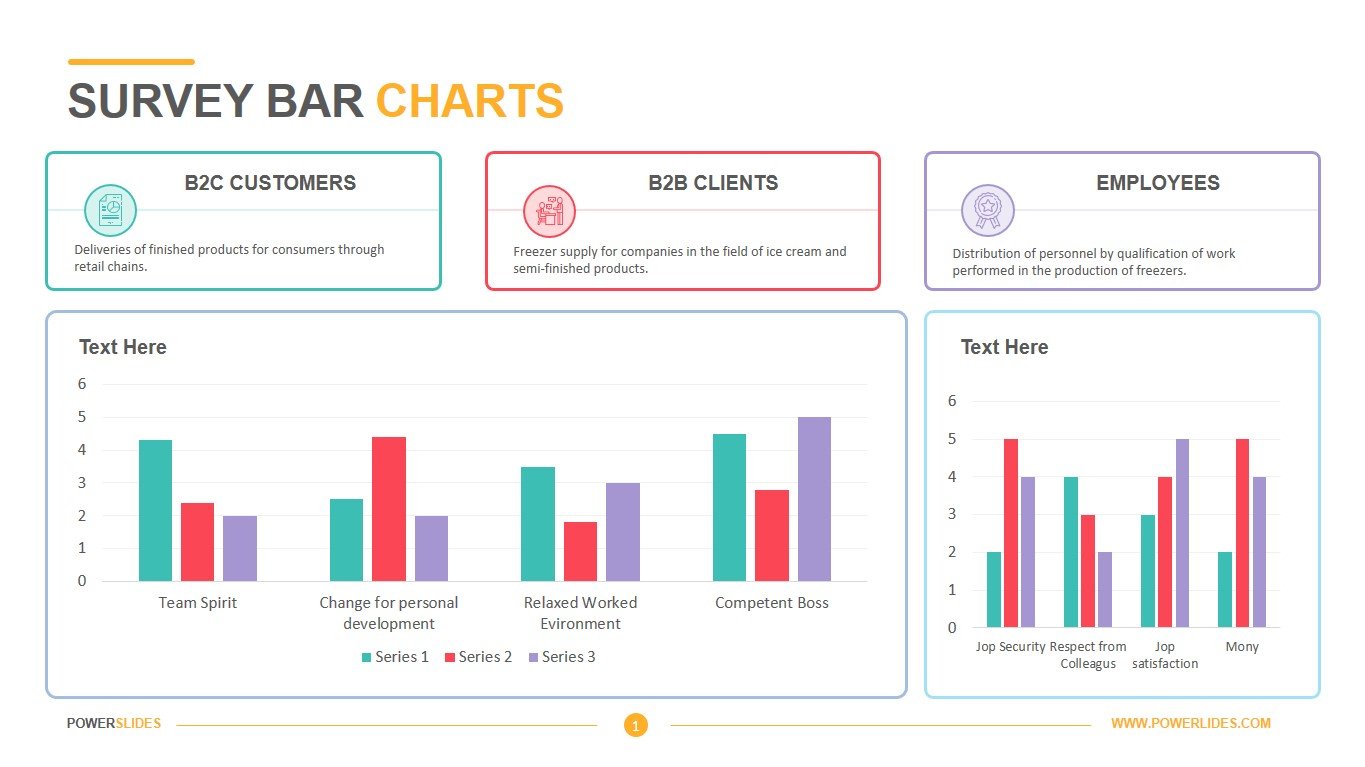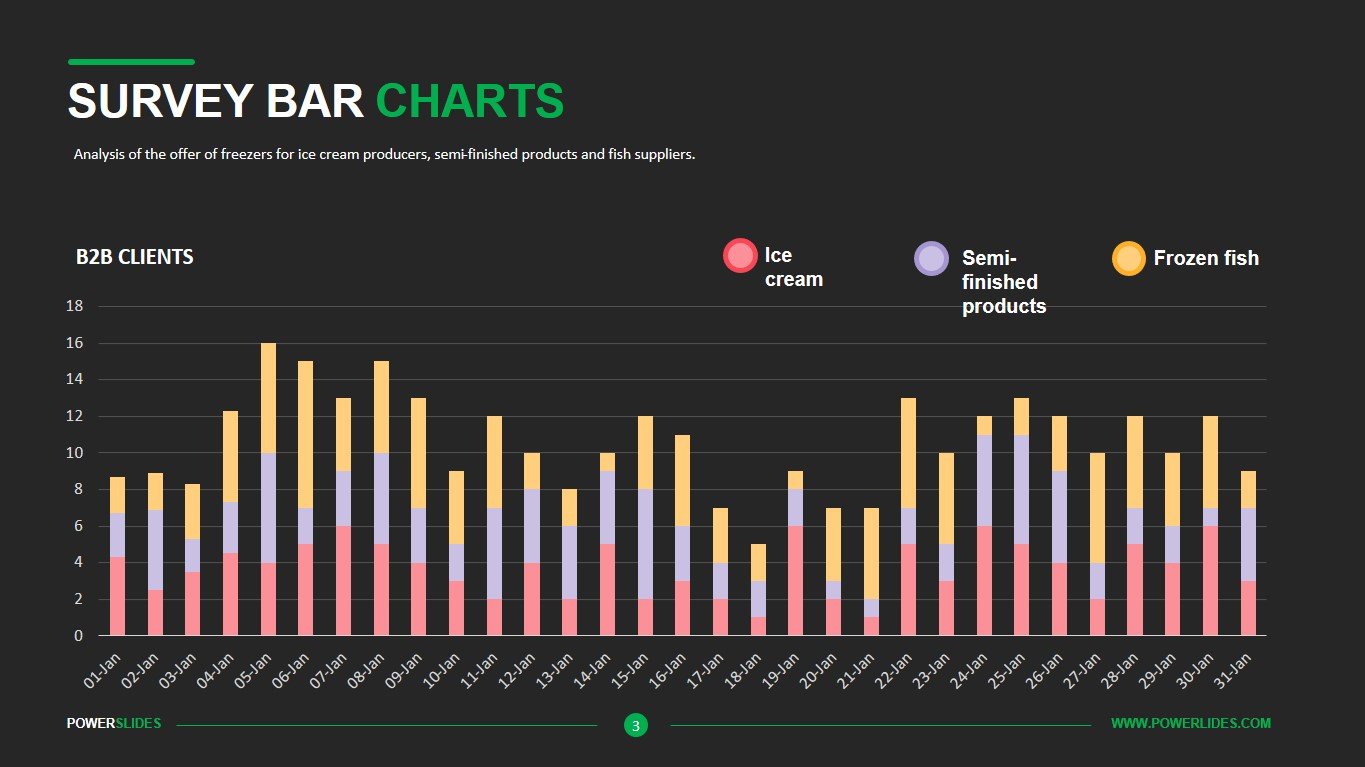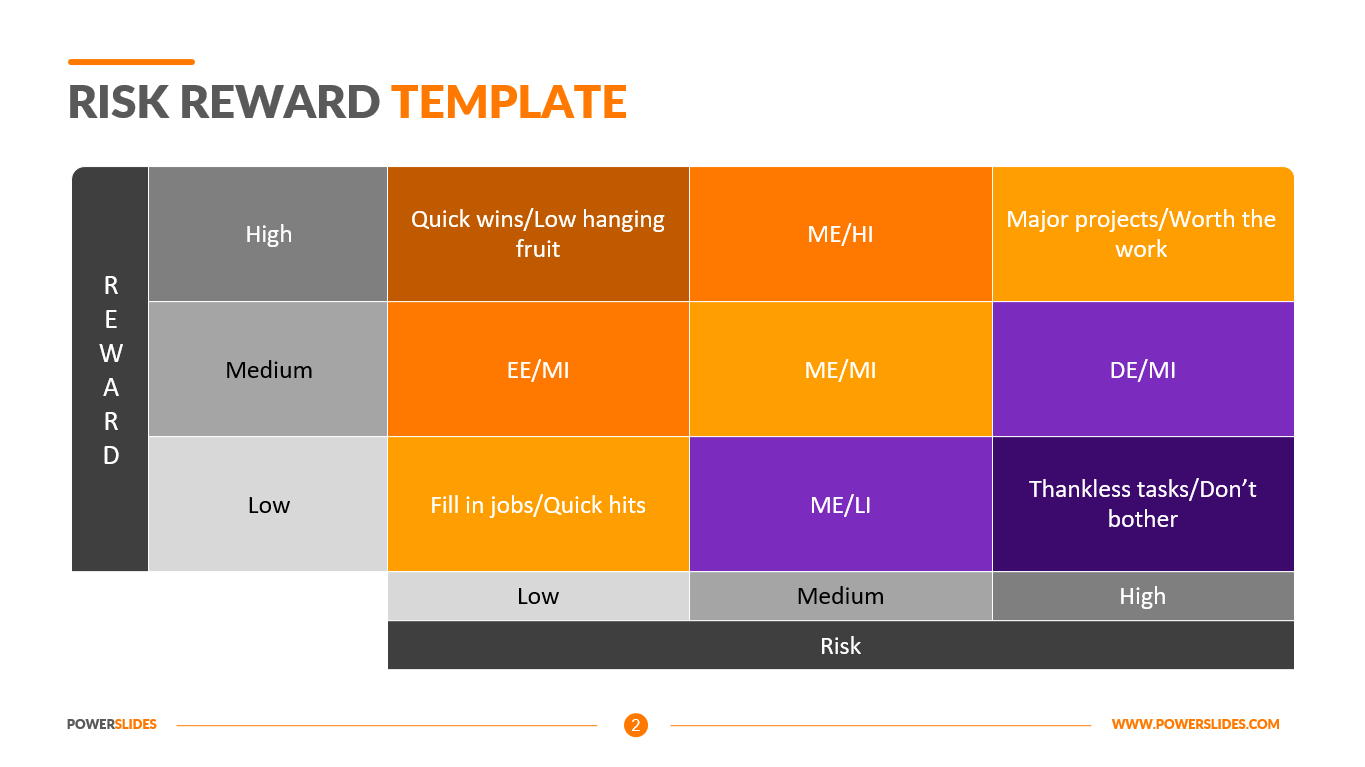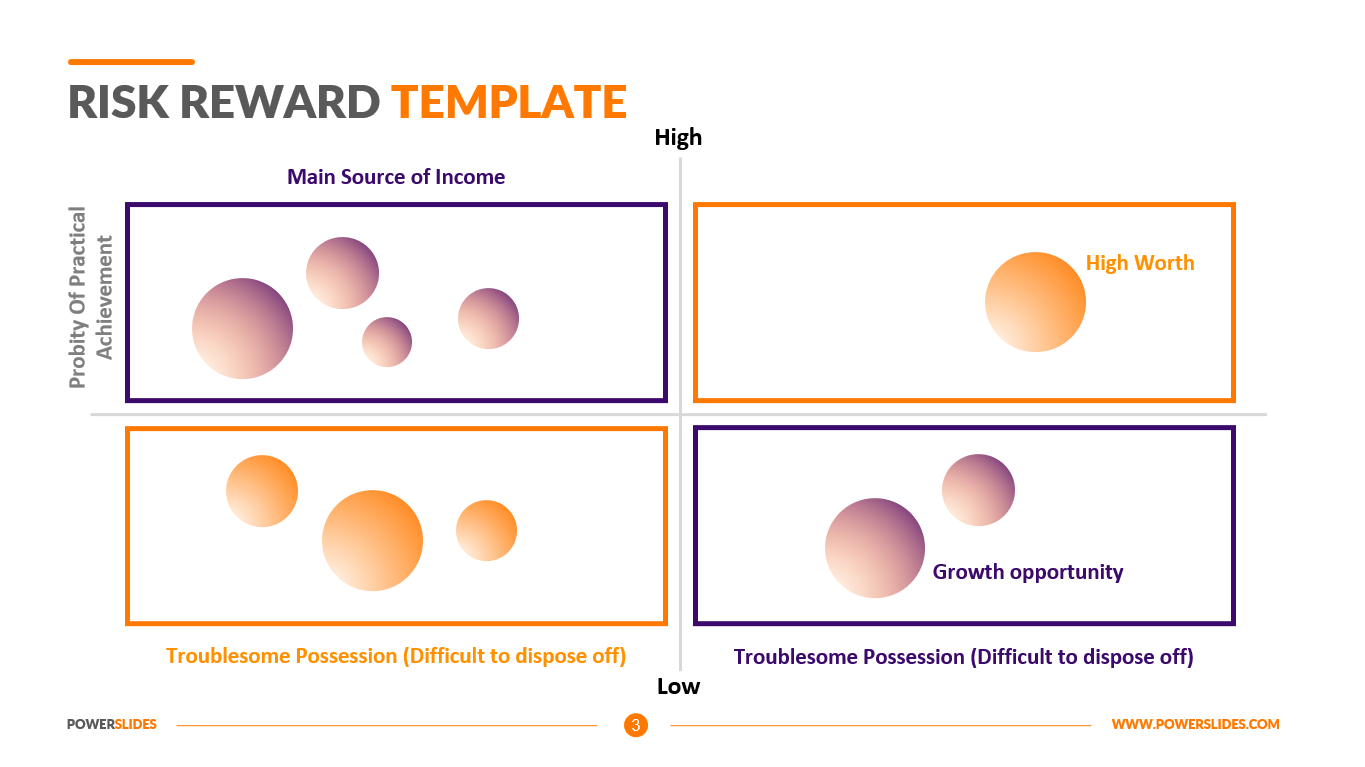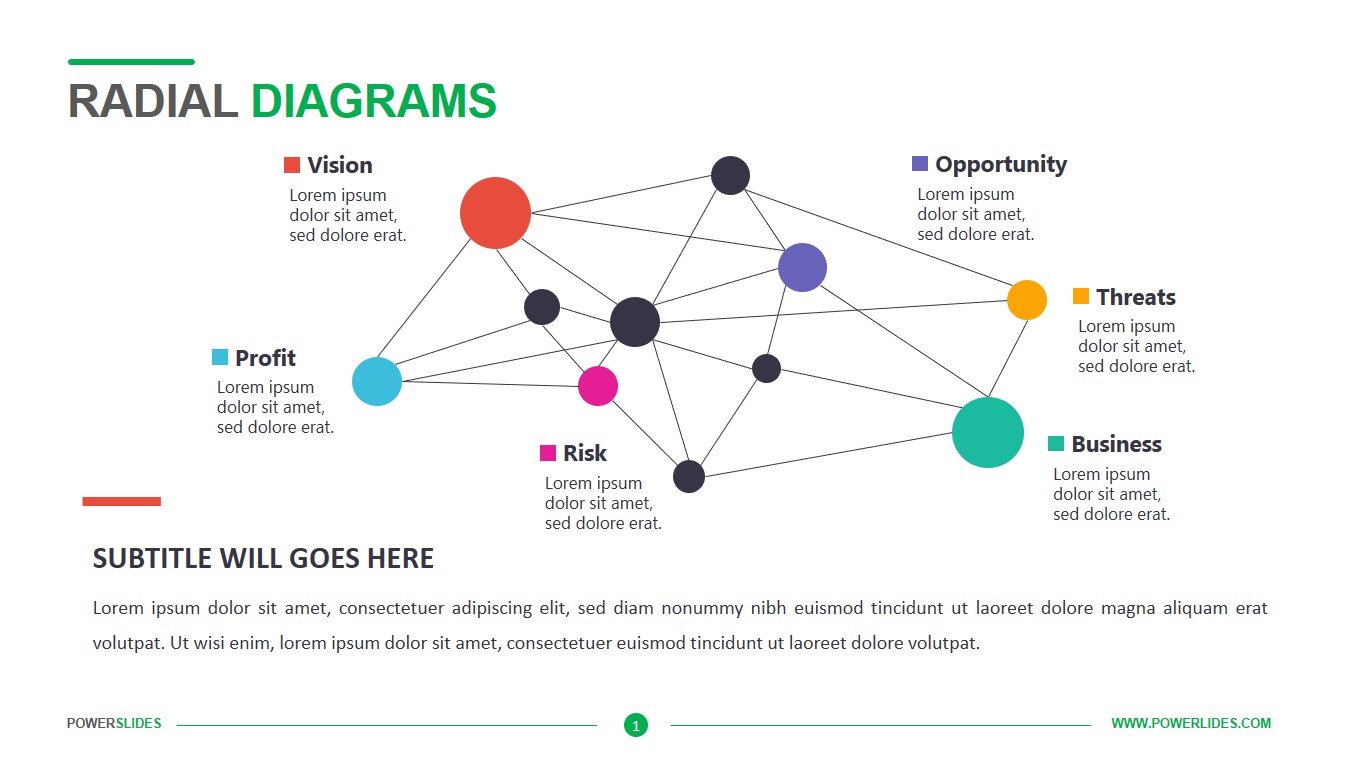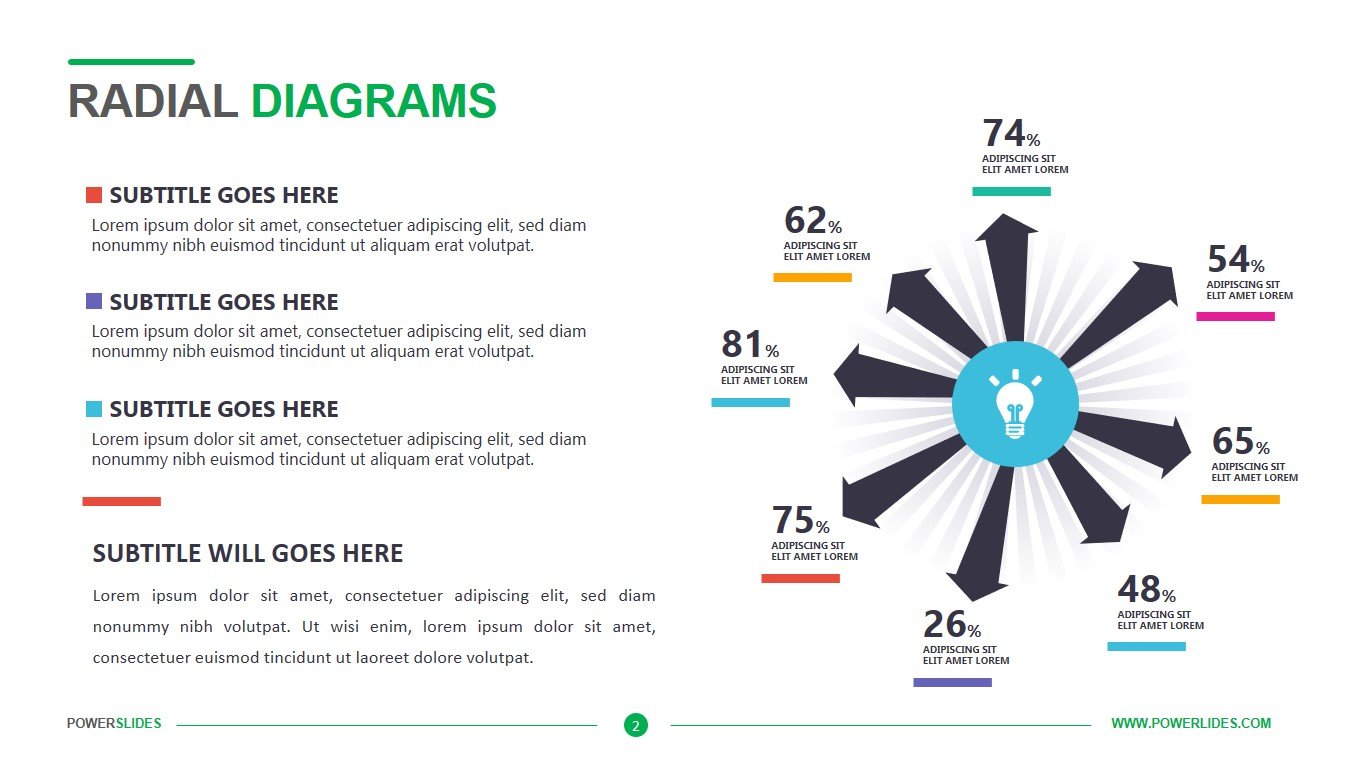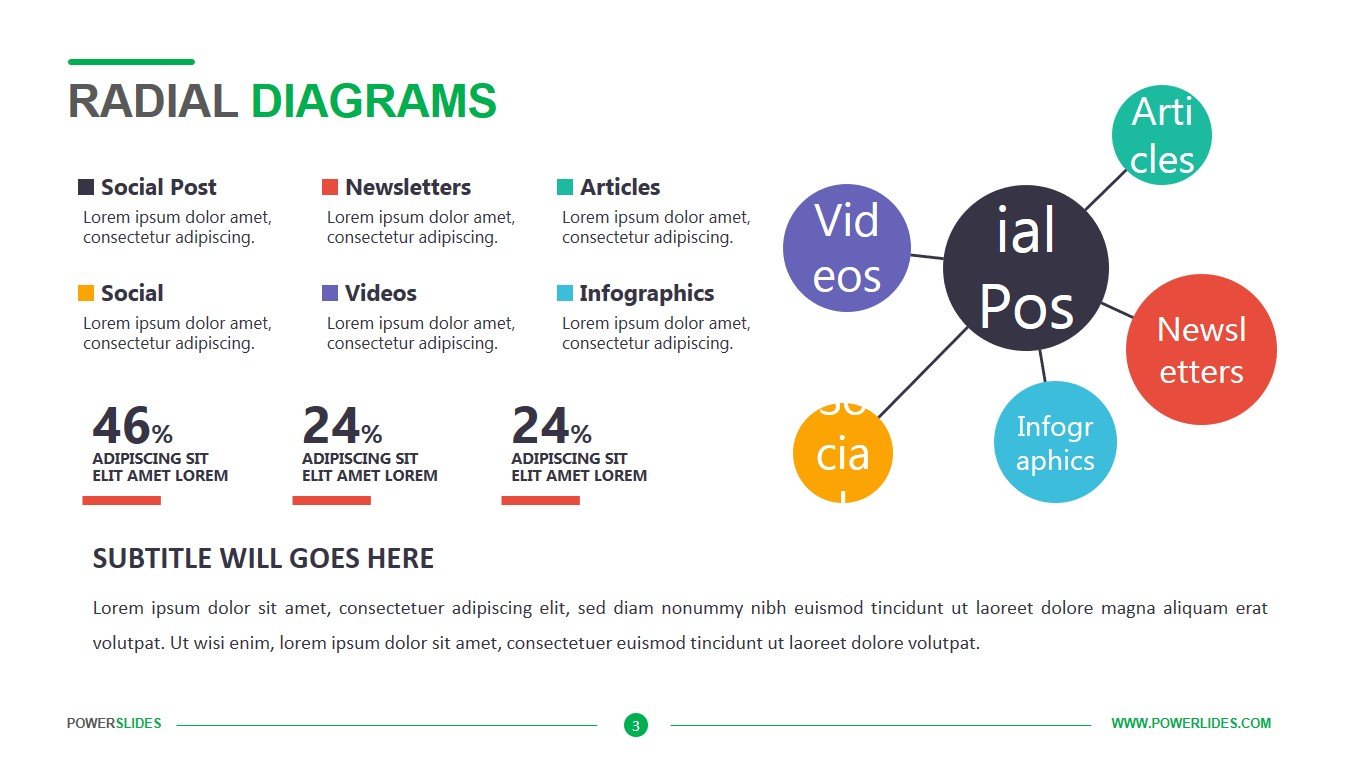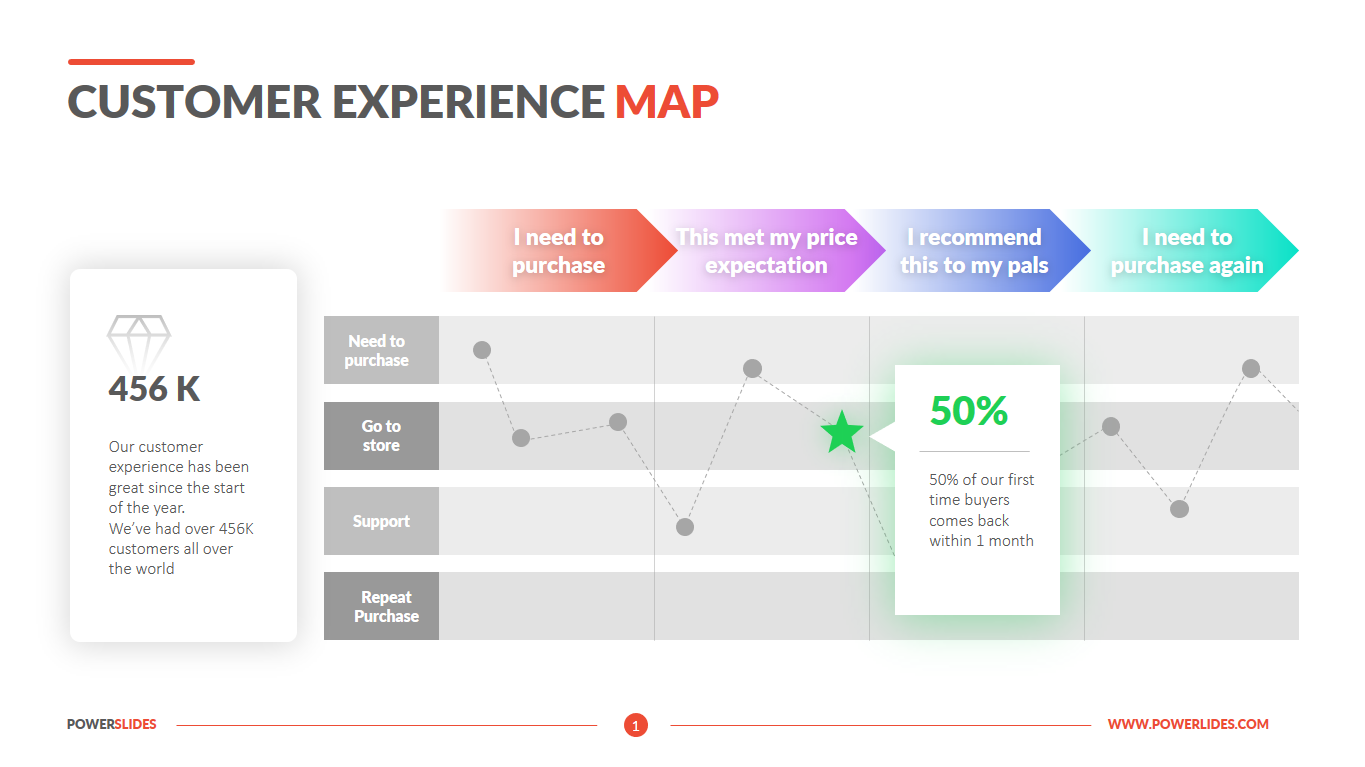Layer of Earth Diagram
 4 Slides
4 Slides
 File size: 16:9
File size: 16:9 
 Fonts: Lato Black, Calibri
Fonts: Lato Black, Calibri
 Supported version
PPT 2010, PPT 2013, PPT 2016
Supported version
PPT 2010, PPT 2013, PPT 2016
Product details
There is more to the Earth than what we can see on the surface. In fact, if you were able to hold the Earth in your hand and slice it in half, you would see that it has multiple layers. However, advances in seismology have allowed us to learn a great deal about the Earth and the many layers that make it up. Each layer has its own properties, composition, and characteristics that affects many of the key processes of our planet. They are, in order from the exterior to the interior – the crust, the mantle, the outer core, and the inner core. Like all terrestrial planets, the Earth’s interior is differentiated. This means that its internal structure consists of layers, arranged like the skin of an onion. Peel back one, and you find another, distinguished from the last by its chemical and geological properties, as well as vast differences in temperature and pressure. Our modern, scientific understanding of the Earth’s interior structure is based on inferences made with the help of seismic monitoring. This involves measuring sound waves generated by earthquakes, and examining how passing through the different layers of the Earth causes them to slow down. The changes in seismic velocity cause refraction which is calculated (in accordance with Snell’s Law) to determine differences in density. The Earth can be divided into one of two ways – mechanically or chemically. Mechanically it can be divided into the lithosphere, asthenosphere, mesospheric mantle, outer core, and the inner core. But chemically, which is the more popular of the two, it can be divided into the crust, the mantle which can be subdivided into the upper and lower mantle, and the core, which can also be subdivided into the outer core, and inner core.
The Layer of Earth Diagram template is designed in a modern style and contains all the necessary tools to build a professional presentation. This template has four slides, each with a beautiful Earth infographic. This template will be primarily useful for teachers of schools and universities when preparing a course on the structure of our planet. For example, using the first slide, you can detail the inner layers of our planet. The last slide allows you to present in more detail your information about the inner layers of our planet. This template will also be useful for environmentalists. The slides of this template will also be useful for engineers and natural resource professionals. You can present your mining developments using the slides of this template. Also, this template will be useful for specialists studying earthquakes. You will be able to prepare your report on the causes of earthquakes and produce their gradation using the slides in this template. Research staff can use this template to defend their doctoral theses and prove various scientific theories. All slides in this template are easy to edit and will organically complement your old presentations.




 (3.67/ 5)
(3.67/ 5)


